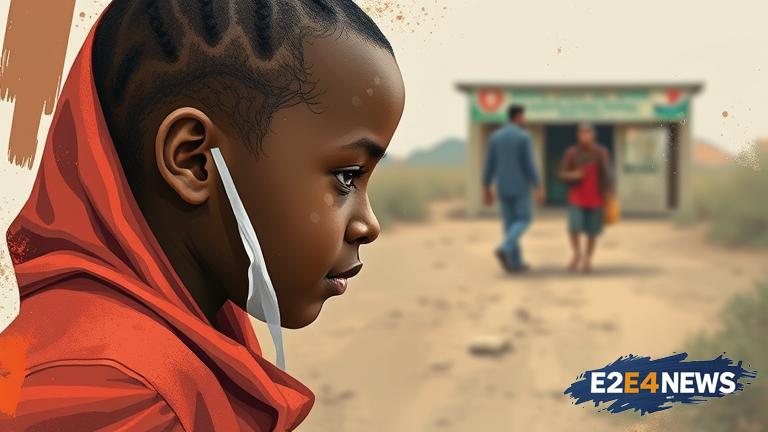The world was on the brink of eradicating polio, a disease that has plagued humanity for centuries, but a combination of factors has led to its resurgence. Fake records and misreporting of cases have hindered efforts to track and contain the disease. The current vaccine used to combat polio has been found to be imperfect, providing only temporary protection and allowing the virus to mutate and spread. Missteps in global health efforts, including inadequate funding and lack of coordination between organizations, have also contributed to the disease’s comeback. The World Health Organization (WHO) has reported a significant increase in polio cases in recent years, with many countries experiencing outbreaks. The disease has been found to be spreading rapidly in areas with poor sanitation and hygiene, highlighting the need for improved infrastructure and public health measures. The use of fake records and misreporting of cases has made it difficult to accurately track the spread of the disease, allowing it to spread further and faster. The imperfect vaccine has also been found to be causing a new form of polio, known as vaccine-derived poliovirus (VDPV), which is spreading rapidly in some areas. The WHO has warned that the resurgence of polio is a major public health crisis, requiring immediate attention and action. The organization has called for increased funding and coordination between governments and health organizations to combat the disease. The use of new and innovative technologies, such as genetic sequencing and surveillance, has been proposed as a way to improve tracking and containment of the disease. However, the implementation of these technologies has been slow, and more needs to be done to address the crisis. The resurgence of polio has also highlighted the need for improved public awareness and education, particularly in areas where the disease is spreading rapidly. Many people are unaware of the risks and symptoms of polio, and are not taking the necessary precautions to protect themselves and their families. The WHO has launched a number of initiatives aimed at improving public awareness and education, including social media campaigns and community outreach programs. Despite these efforts, the disease continues to spread, and more needs to be done to address the crisis. The global health community has been criticized for its response to the crisis, with some arguing that more could have been done to prevent the resurgence of polio. The use of fake records and misreporting of cases has been particularly problematic, and has hindered efforts to track and contain the disease. The WHO has acknowledged the problems and has taken steps to address them, including the implementation of new surveillance and tracking systems. However, the organization has also faced criticism for its handling of the crisis, with some arguing that it has been too slow to respond. The resurgence of polio has also highlighted the need for improved coordination and cooperation between governments and health organizations. The disease knows no borders, and requires a global response to combat it. The WHO has called for increased cooperation and coordination between countries, and has proposed a number of initiatives aimed at improving global health security. Despite the challenges, there is still hope that polio can be eradicated. The WHO has reported that the number of cases has been declining in some areas, and that efforts to improve tracking and containment are showing promise. However, more needs to be done to address the crisis, and the global health community must work together to combat the disease. The use of new and innovative technologies, combined with improved public awareness and education, and increased coordination and cooperation between governments and health organizations, may hold the key to finally eradicating polio. The world was close to achieving this goal, but the resurgence of the disease has highlighted the need for continued vigilance and effort. With the right approach, it is still possible to eradicate polio and make the world a healthier and safer place.





